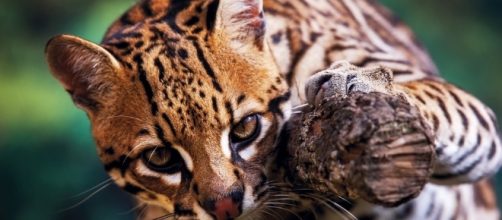When President Trump gave the executive order to secure the southern border of the United States through the erection of a wall on January 25th, so many people were disturbed and outraged. Many protests have emerged against the decision that is meant to prevent illegal immigration, human and drug trafficking, plus acts of terrorism. The wall is intended to be an impassable physical barrier, stable and secure. However, the Department of Homeland Security and President Trump totally ignored all environmental regulations and any regard for wildlife.
Trump’s wall will block animals and people
Past data regarding the wall showed that it did not prevent illegal immigrants from crossing over into the United States because humans are resourceful in doing so. However, wildlife was stopped completely. Animals are not able to jump over or crawl under as humans have done. The construction of the wall adds undue pressure to endangered and threatened species, presenting obstacles for the restoration of animal habitats. Rare and endangered wildlife have felt the impact of the wall as it currently stands but the expansion project will cause further danger. For example, the wall would create a threat to the already endangered jaguar and could devastate the Mexican gray wolf population because it is vital to their existence that they can freely cross international borders to improve their genetic pool.
How other species of wildlife are impacted by the wall project
The pygmy owl is a tiny bird that is critical to the ecosystem of the desert. It rarely flies above five feet above ground, but the wall threatens this owl to possible extinction in Arizona and Sonora. Other species threatened by the wall in its current stage and with the new proposal for expansion are the desert tortoise, ocelot, cougar, black bear, American bison, desert mule deer, the black-tailed prairie dog, and the southwestern willow flycatcher, along with several species of fish and plants.
In addition to threatening humans and wildlife, the construction of the wall is a hazard to people's health through pollutants in the air with production known to be a contributor to global greenhouse gasses. This and other pollutants are known to be highly toxic. Concerns for the protection and well-being of wildlife go way beyond any borders of a particular country like that of President Trump's proposed wall project.
But it is imperative that they protect wildlife habitat, bolster the quality of that habitat, and take measures such as assisted migration or translocations that strengthen connectivity for all endangered species most likely to be affected. The border is said to be mostly water from the Rio Grande and the Colorado River, so rather than a wall border, think of water and wildlife.

